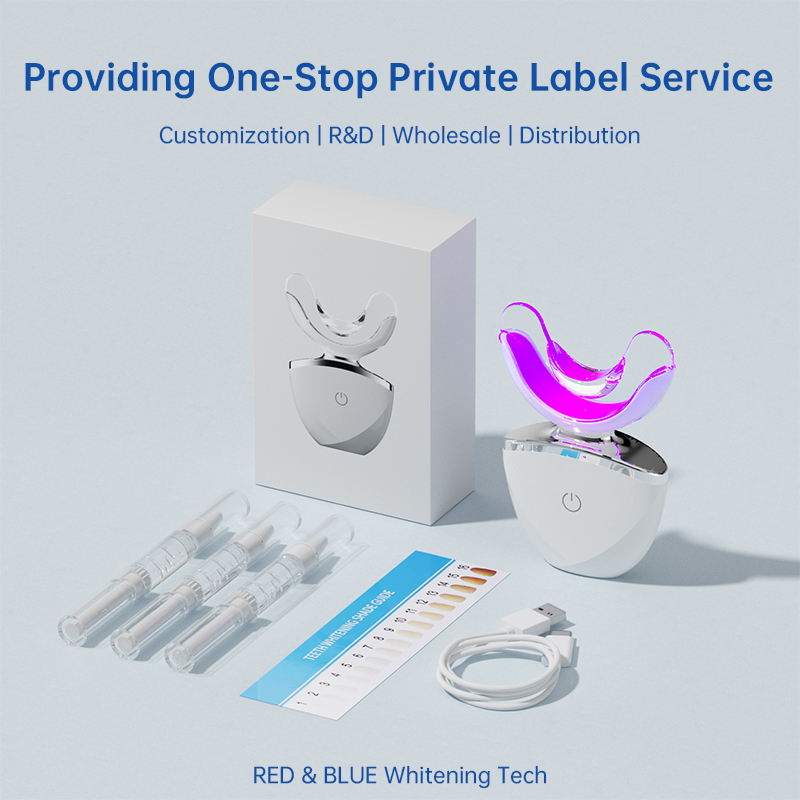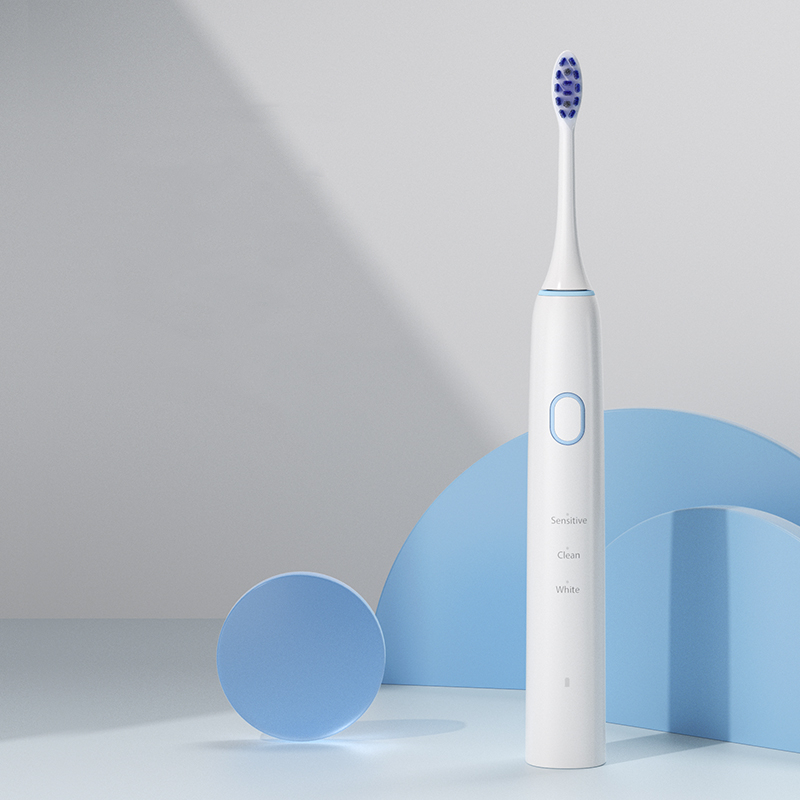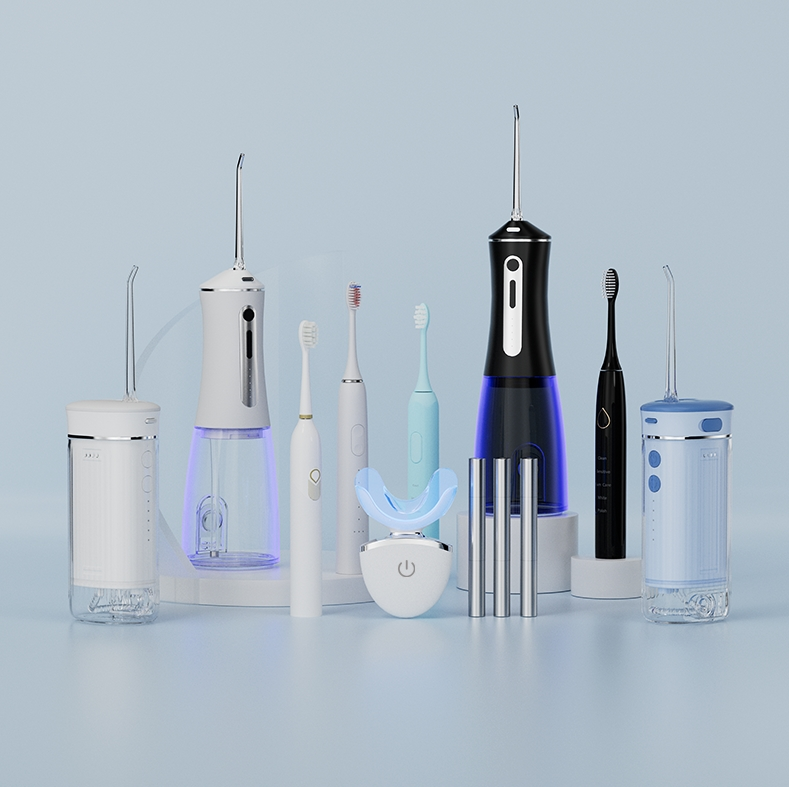In the field of oral care product manufacturing, maintaining safe chemical and sensory interaction with the oral environment is a critical challenge. One increasingly reported issue in certain devices is the co-occurrence of pH imbalance and taste distortion. While either condition alone may seem minor, their combination could indicate underlying risks—possibly even toxicity. For OEM and ODM suppliers, understanding the interplay between these factors is vital for both product safety and user satisfaction.
Customers may initially report that a device “tastes metallic” or “leaves a strange aftertaste.” Closer examination often reveals additional indicators, such as tingling sensations or irritation after repeated use. These symptoms are frequently traced back to taste distortion and changes in oral pH. The question arises: is this merely a byproduct of formulation or a red flag for deeper material or design flaws?
The mouth maintains a slightly acidic to neutral pH, typically between 6.2 and 7.4. Any pH imbalance, either acidic or alkaline, introduced by a device—through water reservoir materials, surface coatings, or residual electrolytes—can disrupt the natural buffer system of the oral cavity. This may:
These changes not only undermine oral health but can directly affect taste perception.
Taste buds are sensitive to even subtle chemical shifts. When a pH imbalance occurs, ion channels in taste receptor cells may become overstimulated or desensitized, causing:
For instance, leaching of high-pH residues from poorly formulated adhesives or battery corrosion can interact with saliva, directly causing taste distortion. Company web: https://www.powsmart.com/product/electric-toothbrush/
From a manufacturing standpoint, several components may contribute to this problem:
These design elements, if not carefully selected and tested, can trigger a toxic loop—pH imbalance leads to taste distortion, which discourages use and harms brand trust.
While taste distortion alone isn’t necessarily harmful, it becomes a concern when combined with mucosal irritation, dry mouth, or inflammatory responses. A sustained pH imbalance can indicate potential leaching of harmful substances such as:
Therefore, in regulated markets, repeated exposure to such conditions without proper safety validation may be classified as low-grade chemical toxicity.
To avoid the dual risks of pH imbalance and taste distortion, manufacturers should prioritize:
Furthermore, engineering devices with neutral or pH-buffered outputs can be a key differentiator in premium product lines.
The combination of pH imbalance and taste distortion may not always be toxic—but it’s never trivial. For B2B oral care suppliers, these issues serve as critical quality indicators. Proactive mitigation through smart design, careful material selection, and robust testing not only ensures consumer safety—it builds long-term trust with global partners. Contact Kiwibird

-300x300.jpg)
.jpg)
sonic electric toothbrush Birmingham
.jpg)
How Does a Water Flosser Nozzle Manufacturer Support an Orthodontic Water Flosser OEM for Specialized Care?
Electric Toothbrush Parts & Accessories Supplier
Smart Toothbrush for Professionals | Tech Lifestyle Care
Best Toothbrush for Doctors | Clinical Oral Care

Why Should You Cover Your Toothbrush in the Bathroom? Hygiene Insights from Manufacturers
ADA Compliant Electric Toothbrush Supplier
Wholesale Electric Toothbrush Distributor USA | Reliable B2B Supply Partner
.jpg)
Why Should a Portable Travel Toothbrush Supplier Partner with a Toothbrush Subscription Box Partner?

Capitalizing on the LED Oral Care Boom: Essential Market Insights for Brands

Sourcing Kids Electric Toothbrush Hyderabad: Regional OEM Manufacturing

Should You Partner with a Teeth Whitening Gel Manufacturing Expert?
.jpg)
Solution for Color Customization of Water Flossers: From Pantone Code to Actual Machine – A Comparison of Two-Color Injection Molding and Gradient Spraying

Electric Toothbrush for Students: Budget-Friendly OEM Options

How a specialized Orthodontic Brush Head better cleans around braces and brackets
Split Bristles Linked to Enamel Cracks? 90% of Users Ignore This Danger!

electric toothbrush heads Regular Clean
.jpg)
Florida Electric Toothbrush – Powsmart PTR-C8

electric toothbrush heads Deep Clean

Customization Teeth Whitening Gel

Private Label Whitening Gel

electric toothbrush heads Charcoal Infuse-Round

electric toothbrush heads Ultra Soft

Electric toothbrush heads Charcoal Infused-Diamond
whstapp
whstapp
National Toll-Free Service Hotline
+86 755 86238638